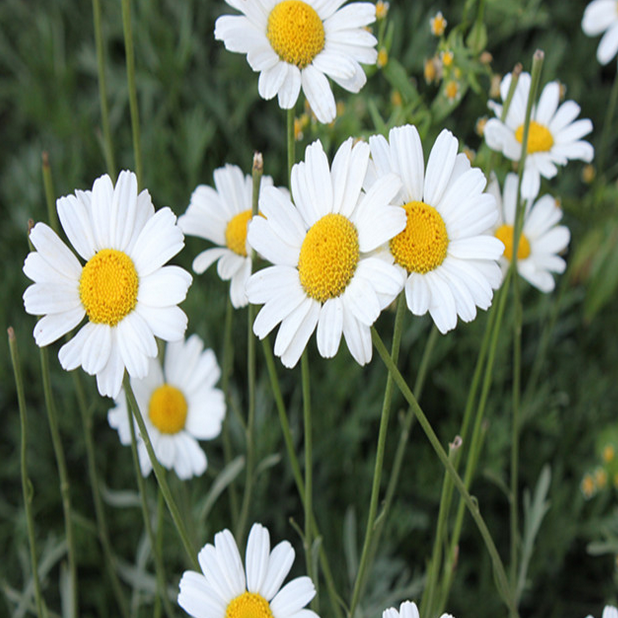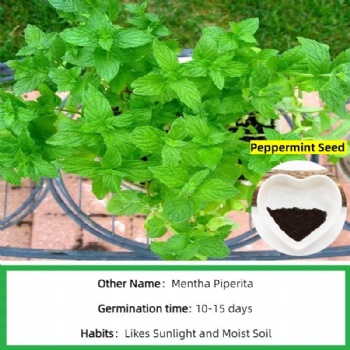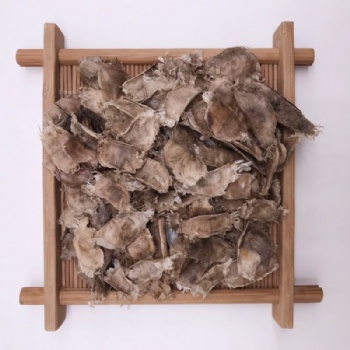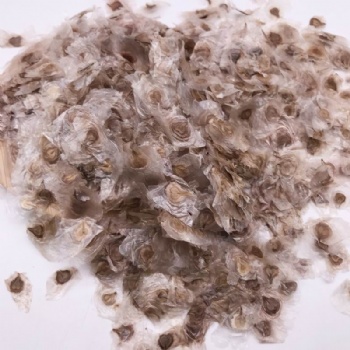News
white flower pyrethrum seed
white flower pyrethrum, also known as Dalmatian chrysanthemum or white pyrethrum, is a perennial herbaceous plant belonging to the Asteraceae family. The following is a detailed introduction to it:

Plant Height and Stem: Usually about half a meter tall. The stem is erect, single or in a few clusters, unbranched or branched from the base, and silver-gray in color, covered with appressed T-shaped or bifurcated short hairs
Leaves: The basal leaves are ovate or elliptical, about 1.5-4 cm long and 1-2 cm wide, bipinnately divided, with 3-5 pairs of lateral lobes, which are also deeply divided or almost completely divided, and the lobes are entire or toothed. The middle stem leaves are gradually larger and have the same shape and division as the basal leaves. The upper leaves become smaller and may be bipinnately or pinnately divided or undivided. The leaves on both sides are silver-gray, covered with appressed flattened T-shaped hairs and bifurcated short hairs
Flowers: The flower heads are solitary at the top of the stem or on the stem, arranged in a loose corymb. The involucre is 12-15 mm in diameter, with 4 layers of involucral bracts. The outer bracts are lanceolate, about 4 mm long, with almost no membranous narrow edges. The middle and inner bracts are lanceolate to broad-linear, about 5-6 mm long, with white narrow membranous edges. The florets are ligulate, white, with the ligule 12-15 mm long and 4-5 mm wide, and the apex is truncate or slightly concave
Fruits: The achenes are elliptical, about 2.5-3.5 mm long, with 5-7 longitudinal ribs, and the ribs of the achenes of the ligulate florets are often concentrated on the ventral side of the achenes. The pappus is 0.8-1.5 mm long, with shallowly toothed margins
It is native to the Balkans and has been widely introduced and cultivated in various countries, including France, Germany, Italy, Kenya, Australia, and China. In China, it is mainly cultivated in Yunnan, Guangdong, Sichuan, Jiangxi and other places. It prefers a warm climate, is cold and drought resistant, and has strong adaptability. It grows well in dry, ventilated, deep, fertile, and well-drained sandy loam or slightly alkaline loam. The temperature range for growth is 6-30°C, and it needs a period of low temperature below 10°C before flowering.
The flower heads of Pyrethrum cinerariifolium contain four insecticidal components, namely pyrethrin I, pyrethrin II, cinerin I, and cinerin II, with a content of 0.4-2%. These components are unstable and easily photolyzed and hydrolyzed into carbon dioxide and water, so they are pollution-free. The insecticidal principle is to paralyze the central nervous system of insects. After contact with pyrethrins, insects usually show three stages of poisoning symptoms: the excitement stage, the paralysis stage, and the death stage
Pest Control: Due to its broad-spectrum insecticidal properties, the extracts of Pyrethrum cinerariifolium are widely used in various fields such as food storage, public environment, household hygiene, and organic agriculture, and are an important means of chemical control in organic farming.
Ornamental Value: The white flowers of Pyrethrum cinerariifolium are of high ornamental value, with a flowering period of 5-6 months and blooming twice a year, and the blooming period can last for about 1 month. It can be used for optimizing the environment and can also be potted for decoration.
Seed Propagation: Select strong, large-flowered, early-flowering, and disease-free single plants as mother plants. When the seeds mature in late June, pick them on a sunny day, dry or air dry them before threshing, and store them separately. The sowing season can be spring or autumn.
Division Propagation: Select healthy and disease-free old plants. Before spring sprouting or after autumn withering, dig out the roots, remove the residual leaves and dead roots, and divide them into several small plants with fibrous roots, and then plant them at a certain row and plant spacing






 售前客服
售前客服
